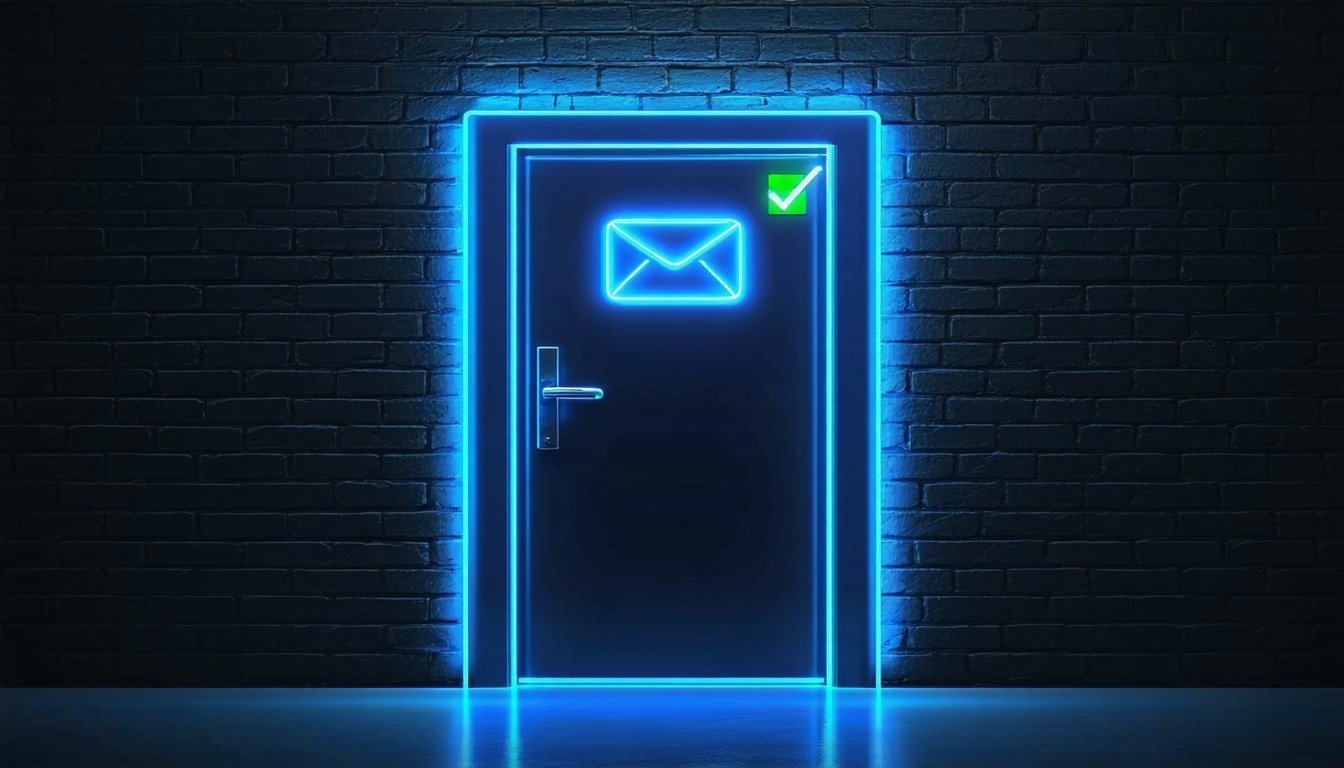With the major players in the email industry recognizing the importance of DMARC, the entire email ecosystem is shifting towards compliance with these rules.
Recently, Microsoft made the decision to enforce DMARC for large email senders, following similar moves by Google, Ebay, and other leading companies in the email space. This trend towards authentication protocols like DMARC, SPF, and DKIM is gaining momentum among email security players.
It is likely that we will see a set of regulations requiring all emails to have proper DKIM and SPF (and DMARC) in order to combat spam effectively.
But why is DMARC crucial alongside DKIM and SPF?
DMARC plays a vital role in protecting your domain from phishing and spoofing attacks. It ensures that only authorized senders can use your domain, enhances email deliverability, safeguards your brand’s reputation, and provides insights into email senders on your behalf. DMARC works in conjunction with SPF and DKIM for robust email authentication.
What is the ultimate objective?
The ultimate goal is to block or filter large senders who engage in domain spoofing or spamming. This can be achieved through a combination of mail flow rules, bulk complaint level filtering, and DMARC/DKIM/SPF enforcement.
In simple terms, what should legitimate organizations do?
Legitimate organizations should first set up DKIM and SPF, followed by configuring DMARC to obtain necessary records. Subsequently, organizations should utilize specialized tools to identify which IPs are sending emails on their domains, assess their legitimacy, and ensure proper configuration. Finally, implementing DMARC policies with p=reject or quarantine can prevent domain impersonation.



